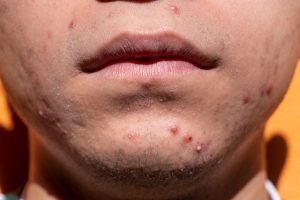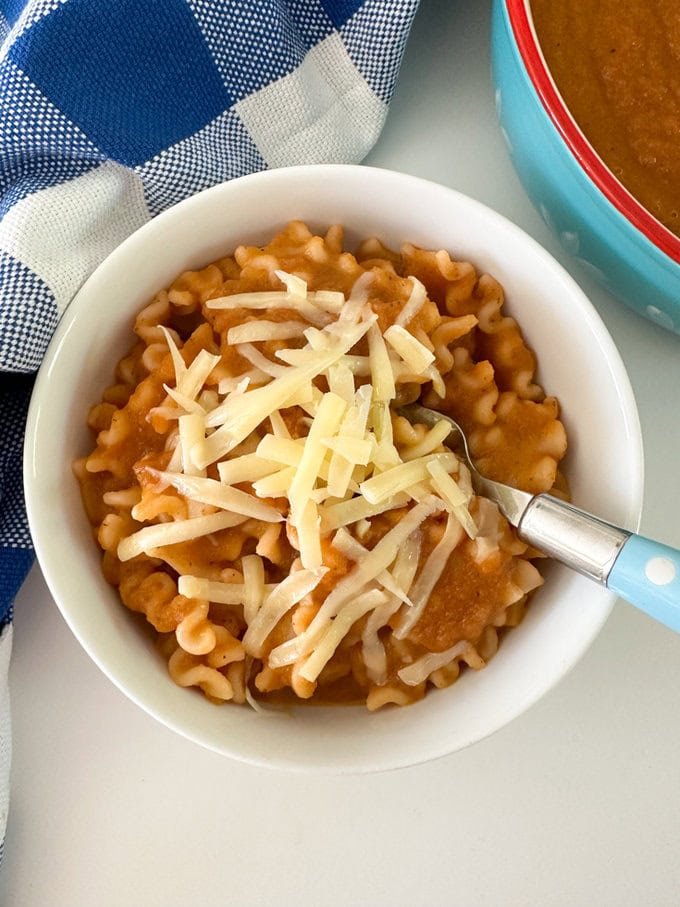[ad_1]
Acne and pimples are two of the most common skin problems that people face. The two terms are often used interchangeably, but they are not the same thing. Understanding the difference between acne and pimples can help you identify the right treatment for your specific condition.
What is Acne?
Acne is a chronic inflammatory skin condition that occurs when hair follicles become clogged with oil and dead skin cells.
The bacteria Propionibacterium acnes (P. acnes) can also contribute to acne by inflaming hair follicles.
Acne can appear in different forms such as blackheads, whiteheads, pustules, nodules or cysts. It usually appears on the face, but it can also affect other parts of the body such as the chest, back and neck.
What are pimples?
Pimples are a type of acne lesions. They are small, raised bumps that appear on the skin when hair follicles become clogged with oil, dead skin cells and bacteria.
Acne can be categorized into three types: whiteheads, blackheads and pimples. Whiteheads occur when a hair follicle is completely blocked and appears as a small white bump on the surface of the skin.
Blackheads, on the other hand, are partially blocked hair follicles that look like small black dots on the skin. Pustules are raised bumps filled with pus and are often red and tender to the touch.
Acne against pimples
One of the main differences between acne and pimples is their severity. Acne is a chronic condition that can last for years and can be more severe than pimples.
Acne can cause scarring and can be painful and affect a person’s self-esteem. Pimples, on the other hand, tend to be short-lived and may go away on their own within a few days. Pimples are usually less severe than acne and are often treated with over-the-counter remedies.
Another difference between acne and pimples is their location. Acne can appear on different parts of the body, including the face, chest, back and neck. On the other hand, pimples are usually found on the face.
What causes acne?
- Hormones: Hormonal changes, especially during puberty, can cause sebaceous glands to produce more oil, leading to clogged pores and acne. Hormonal changes can also occur during pregnancy, menstrual cycles and menopause, leading to acne breakouts.
- Genetics: Acne can be hereditary, meaning it can be passed from parents to their children. If your parents had acne, you may be more likely to develop it as well.
- Diet: Studies have shown that diet can play a role in the development of acne. Eating a diet high in sugar, processed foods and dairy products can make acne worse.
- Stress: Stress can trigger the release of hormones that can lead to acne breakouts.
- Bacteria: Propionibacterium acnes (P. acnes) bacteria that live naturally on the skin can contribute to acne by inflaming hair follicles.
- Medications: Some medications, such as steroids, lithium, and anticonvulsants, can cause acne as a side effect.
- Environmental factors: Exposure to pollution, humidity and certain chemicals can also contribute to the development of acne.
It is important to note that not all cases of acne are caused by the same factors and what works for one person may not work for another.
Types of acne
There are several types of acne, each with its own characteristics and severity. Here are the most common types of acne:
- Whiteheads: Whiteheads, also known as closed comedones, occur when a hair follicle becomes blocked with oil and dead skin cells. They appear as small, white bumps on the skin.
- Blackheads: Blackheads, also known as open comedones, are similar to whiteheads but have a wider opening that allows oxygen to enter. This causes oil and dead skin cells to oxidize and turn black, giving blackheads their characteristic appearance.
- Papules: Papules are small, raised bumps that are red and inflamed. They do not contain pus and may be tender to the touch.
- Pustules: Pustules are similar to papules but contain pus. They are often red and inflamed and have a white or yellow center.
- Nodules: Nodules are large, painful, firm lesions that are embedded deep in the skin. They are often accompanied by inflammation and may take several weeks to heal.
- Cysts: Cysts are similar to nodules but are filled with pus. They are often painful and the inflammation can be severe. Cysts can lead to scarring if not treated properly.
How to prevent acne?
- Keep your skin clean: Wash your face twice a day with a gentle cleanser to remove excess oil, dirt and dead skin cells that can clog pores and lead to acne.
- Avoid touching your face: Touching your face can transfer bacteria and oil from your hands to your skin, which can contribute to the development of acne.
- Use non-comedogenic products: Non-comedogenic products are formulated to not clog pores and can help prevent acne breakouts.
- Moisturize: Use a light, oil-free moisturizer to keep your skin hydrated and prevent excess oil production.
- Use sunscreen: Sunscreen can help protect your skin from the harmful effects of the sun, which can make acne worse.
- Manage stress: Stress can cause hormonal changes that can lead to acne. Try to manage stress through relaxation techniques, exercise, or other methods.
- Exercise regularly: Regular exercise can help improve circulation and reduce stress, both of which can help prevent acne.
- Avoid certain foods: While the link between diet and acne is not fully understood, some studies have shown that eating a diet high in sugar, processed foods, and dairy products can make acne worse.
- Don’t pick or pop pimples: Picking or popping pimples can spread bacteria and lead to scarring.
How to treat acne
- Topical medications: Topical medications such as benzoyl peroxide, salicylic acid, and retinoids are often used to treat mild to moderate acne. They work by unclogging pores, reducing inflammation and preventing bacterial growth.
- Oral medications: Oral antibiotics, hormone treatments, and isotretinoin are often used to treat more severe cases of acne. These medications work by reducing inflammation, killing bacteria, and regulating hormone levels.
- Chemical peels: Chemical peels use acids to exfoliate the skin and open pores, reducing the appearance of acne.
- Light therapy: Light therapy uses different types of light to kill acne-causing bacteria and reduce inflammation.
- Extraction: In some cases, a dermatologist can manually extract blackheads and whiteheads to remove the blockage from the pores.
- Lifestyle changes: Making lifestyle changes such as improving your diet, managing stress, and getting enough sleep can also help improve acne.
CONCLUSION
Acne is a common skin condition that affects many people of all ages. It is caused by a combination of factors such as genetics, hormonal changes and clogged pores.
While it can’t always be prevented, there are steps you can take to reduce your risk of developing acne. These include keeping your skin clean, avoiding touching your face, using non-comedogenic products, moisturizing, using sunscreen, managing stress, exercising regularly and avoiding certain foods.
If you are experiencing persistent or severe acne, it is recommended to consult a dermatologist who can provide a proper diagnosis and treatment plan.
Treatments for acne may include topical and oral medications, chemical peels, light therapy, extractions, and lifestyle changes.
It is important to be patient and consistent with your treatment plan as it may take time to see significant improvements. With proper treatment and care, most people can effectively manage their acne and improve the appearance and health of their skin.
[ad_2]







